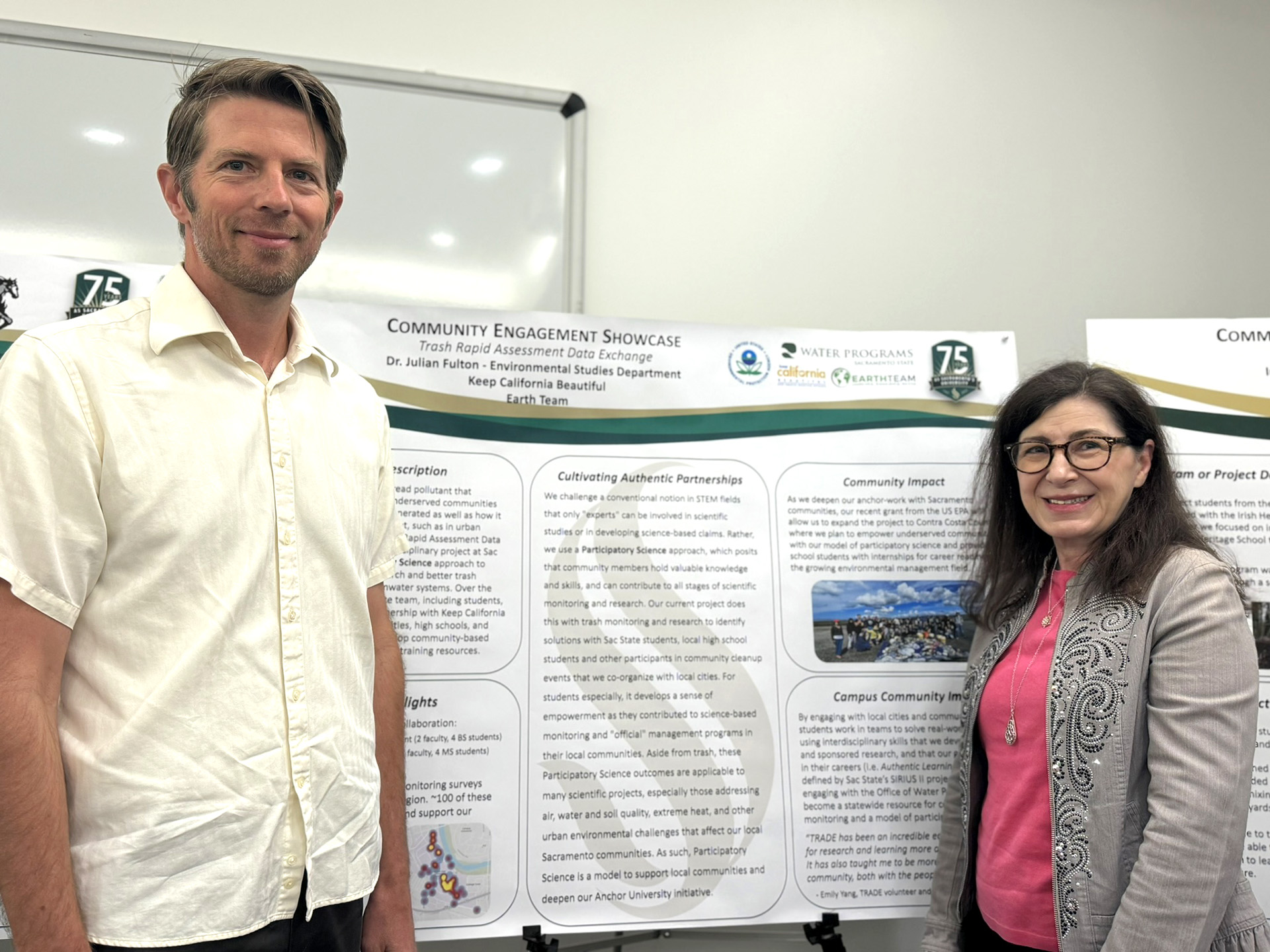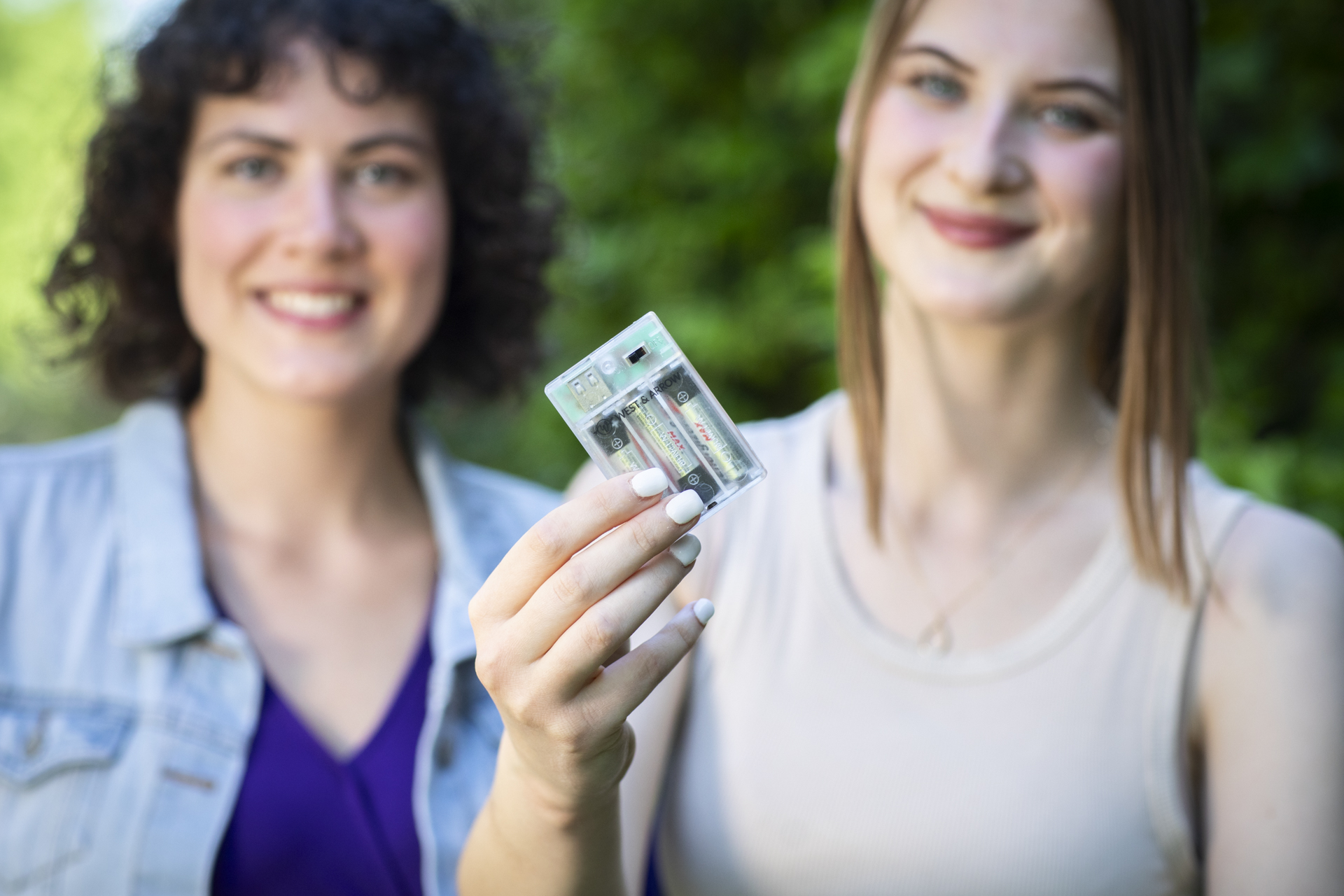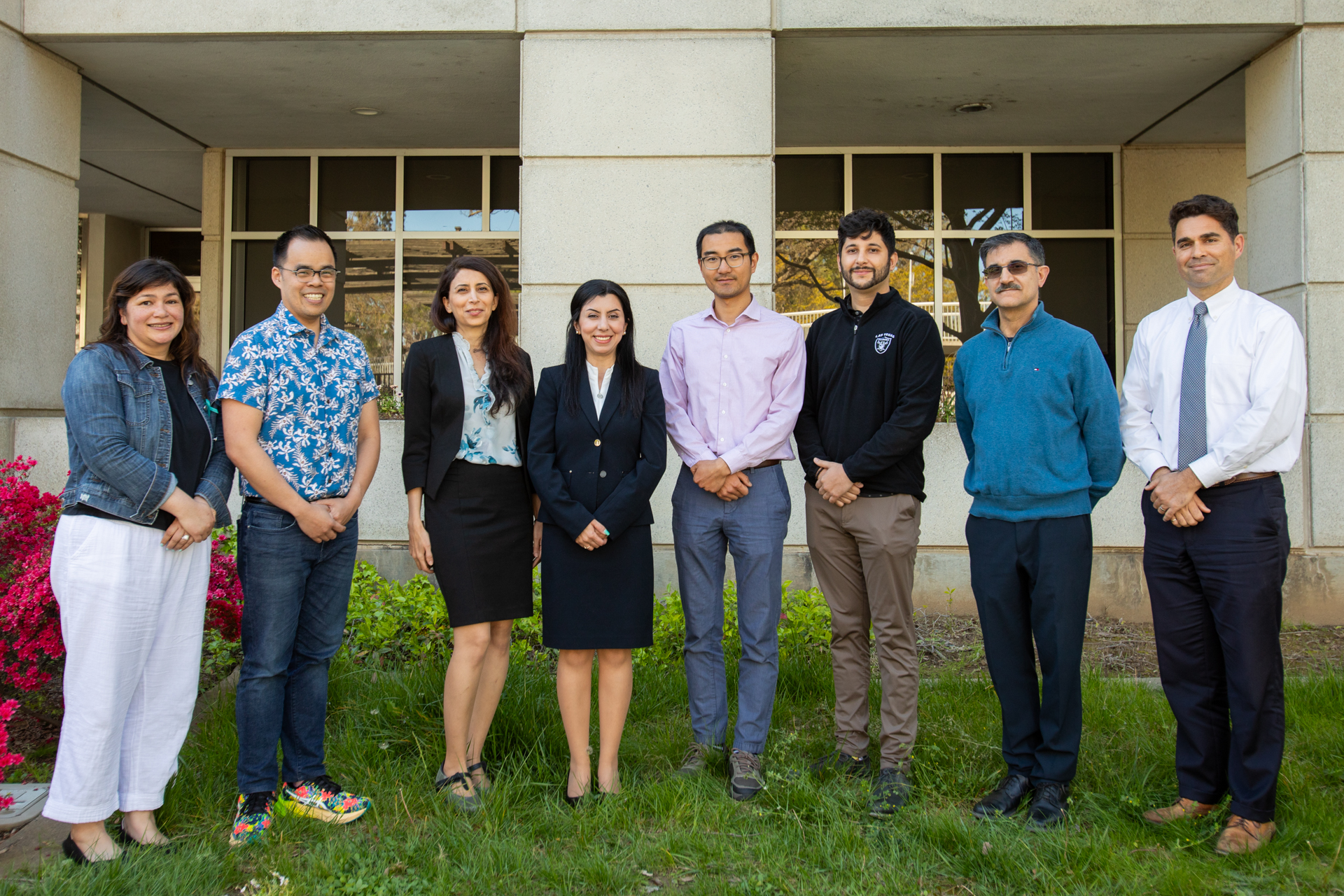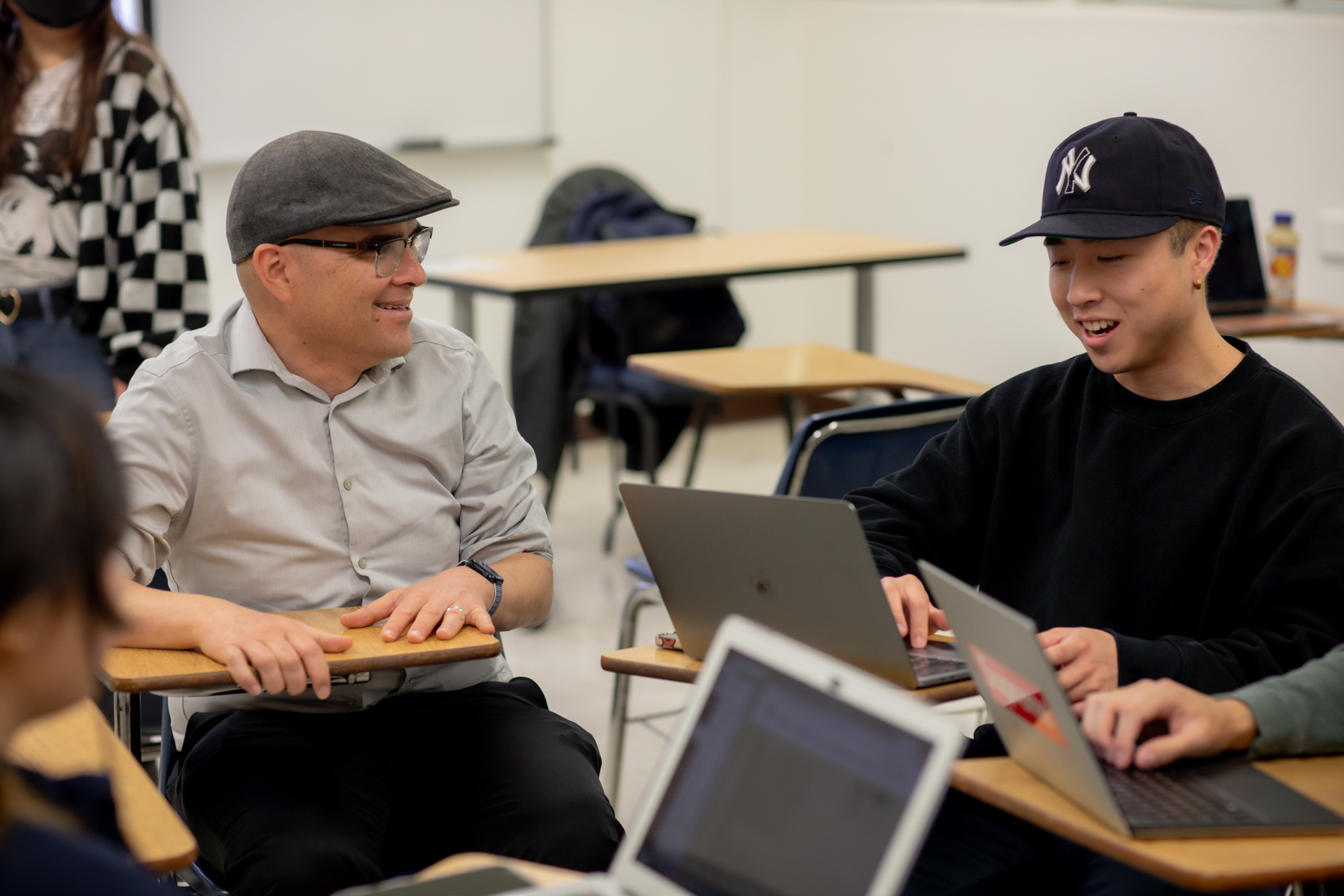Story Content
Sac State Professor wins EPA grant to monitor trash and clean up San Francisco Bay

May 23, 2024
A Sacramento State professor will work with community volunteers and student interns to monitor trash and clean up San Francisco Bay, thanks to a $742,240 federal grant.
The grant – one of eight Bipartisan Infrastructure Law awards from the U.S. Environmental Protection Agency – is part of a $43 million investment in protecting and restoring San Francisco Bay as well as local watersheds and wetlands.
The funding will help reduce trash going into urban stormwater systems by utilizing the community-based monitoring system Associate Professor of Environmental Studies Julian Fulton developed with Sac State faculty and students as well as the nonprofit Keep California Beautiful.
The grant will allow Fulton to expand the Trash Rapid Assessment Data Exchange (TRADE) to Contra Costa County.
In addition to cleanup events and career training in underserved neighborhoods, a network of community volunteers including high school and college interns, university-based experts and two East Bay nonprofit organizations will monitor trash getting into local waterways.
The problem of litter goes far beyond visual blight. When it rains, the water carries trash through neighborhoods and into storm drains, where it flows into rivers and out to the ocean.
“Environmental scientists have noted trash circulating across the world’s oceans and accumulating in great garbage patches,” Fulton said. “It has a global impact that affects wildlife, and affects people’s livelihoods through fishing and tourism.
“And it impacts people disproportionately in underserved and marginalized areas.”
In particular, plastic is a major issue because it breaks down into tiny particles called microplastics that circulate through the water cycle.
“We find microplastics in rainfall. What we think of as pristine water has microplastics. And we really don’t know what the long-term impacts of having plastic in our water are,” he said.
TRADE, which Fulton developed over three years with Environmental Studies Lecturer Christine Flowers and Keep California Beautiful, a nonprofit founded in 1990 to protect the state’s beauty by ending litter, aim to combat this problem. The program collects data on how much and what kind of trash is being tossed on the ground or in the street, eventually making its way into the local streams and rivers.
“It’s the basics of environmentalism. It’s something everybody can do. “It has immediate, tangible benefits in that visually you see a cleaner neighborhood." -- Cecile Carson, Keep California Beautiful executive team leader
The organizers trained students and community volunteers to monitor trash in the neighborhood around Luther Burbank High School, close to Morrison Creek, an example of “participatory research” where anyone can be involved.
“It’s about taking away the idea that only experts can do science,” Fulton said. “It’s allowing the expertise to cascade through other levels of participation and that way we produce science more collectively.”
Volunteers input information about the trash they see into a mobile app, built by Sac State Professor of Computer Science Ying Jin and her students, where it is uploaded onto an online dashboard.
Cigarette butts and single use plastic containers such as snack bags and beverage bottles are among the most common types of trash volunteers find.
The model, Fulton said, can be used by communities throughout the state to provide quality data for stormwater permits.
“All cities in California and a lot of large property managers, like Sac State, have permits under the Clean Water Act to discharge our stormwater into the American River or whatever local waterways there might be,” Fulton said.
New regulations require some permit holders, including Sac State, to demonstrate they will discharge zero trash into waterways by 2030. San Francisco Bay Area communities must reduce trash by 2025.
“So, there’s an urgent need,” he said.
Sac State faculty and Keep California Beautiful will work with UC Berkeley faculty to train college and high school students to use TRADE in Contra Costa County.
“It’s the basics of environmentalism. It’s something everybody can do,” said Cecile Carson, Keep California Beautiful executive team leader. “It has immediate, tangible benefits in that visually you see a cleaner neighborhood.
“But we also have to realize that litter in our environment is a health problem. It’s an economic problem because it costs hundreds of thousands of dollars to clean up. And it’s a social issue, because it makes people feel less comfortable.”
Working with students to clean up neighborhoods is a way to show them the importance of taking ownership of a school or neighborhood, she said.
“The data can also help break the cycle that can lead to littering behavior,” Carson said.
Environmental Studies major Emma Goldsmith, who volunteered to collect data at Bushy Lake along the American River, said she categorized much of the trash that was found, including random pieces of clothing and bicycle parts.
“It helped me realize that environmentalism is more of a social science than I previously thought,” Goldsmith said. “The housing crisis is so bad. … We can’t address environmental issues without also addressing social and human rights issues.
“Seeing that first hand was eye opening.”
Media Resources
Faculty/Staff Resources
Looking for a Faculty Expert?
Contact University Communications
(916) 217-8366
communications@csus.edu


